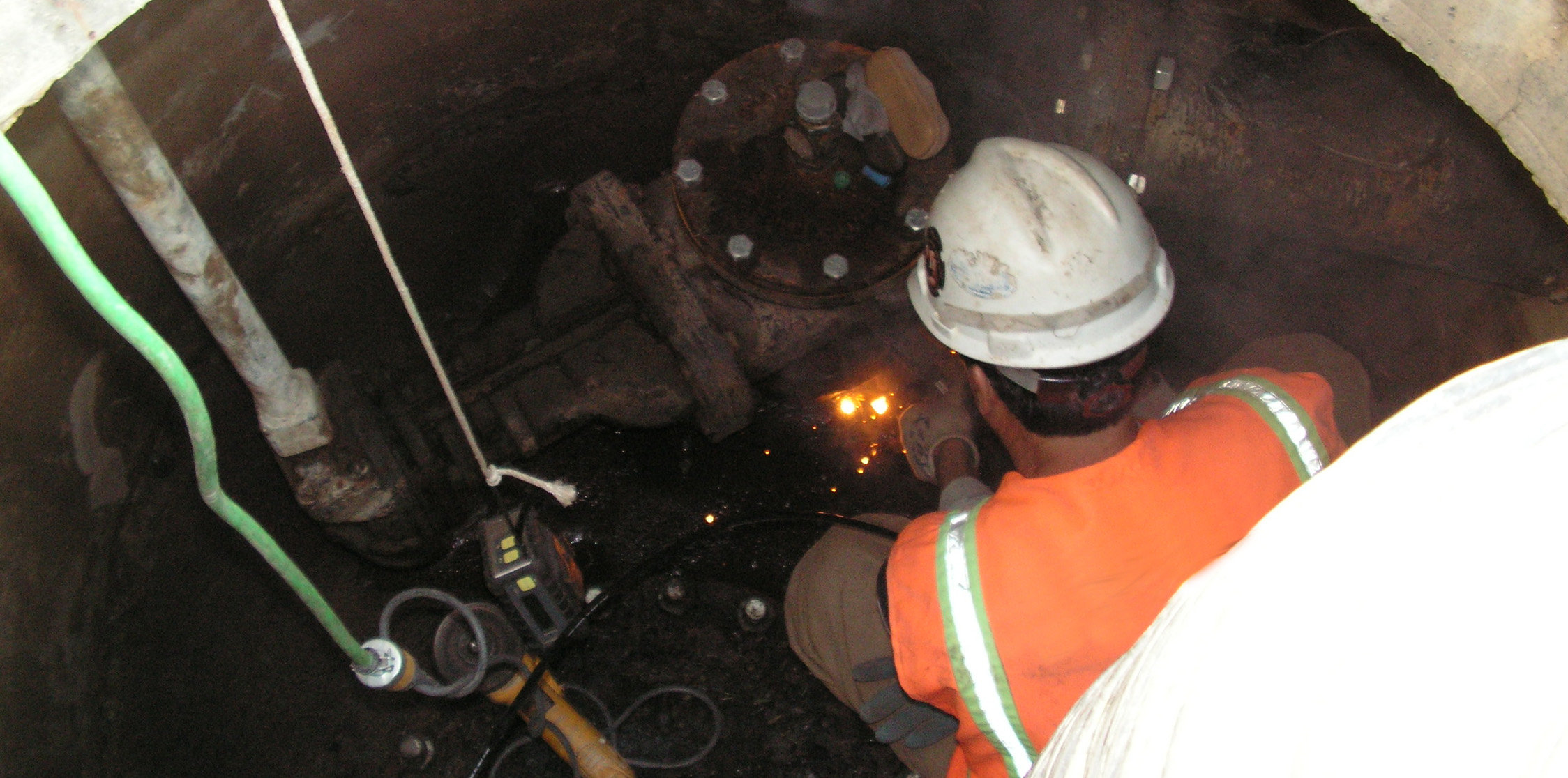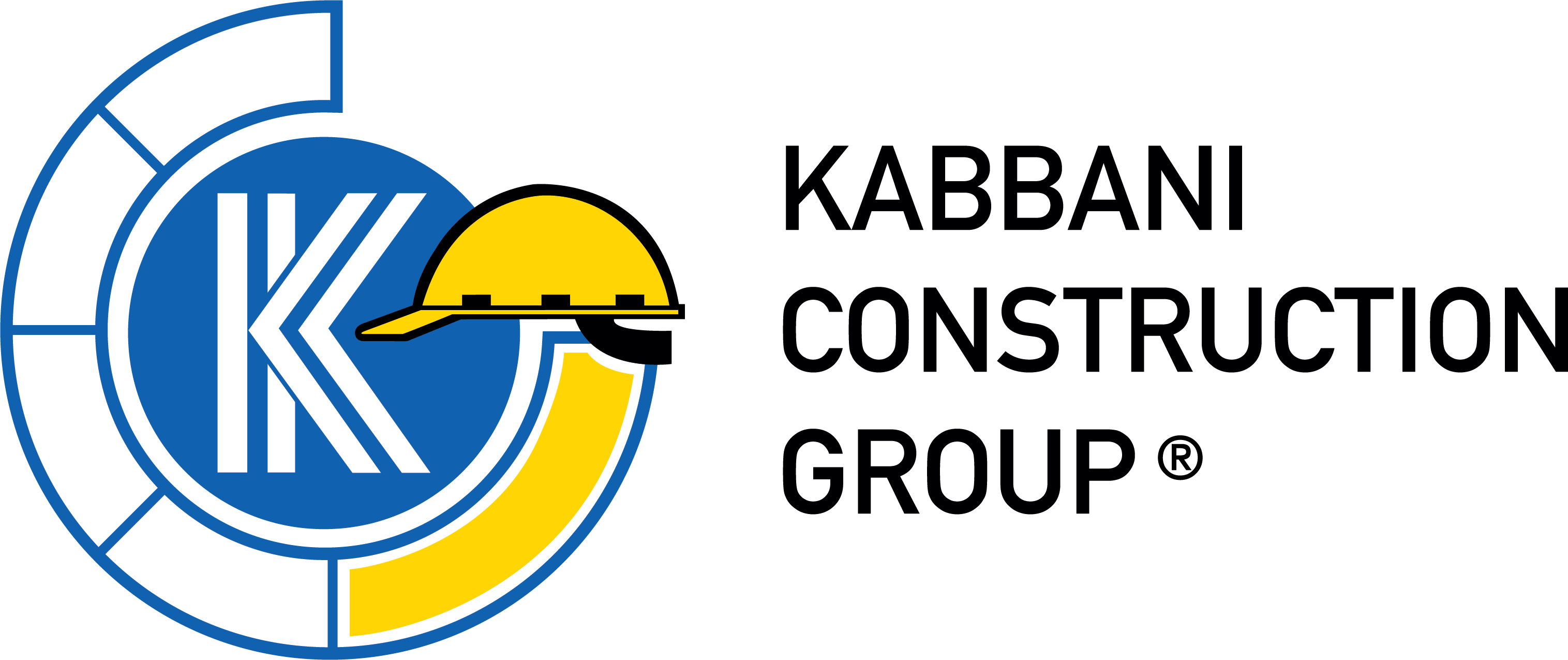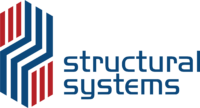Cathodic Protection
Corrosion is a natural process that can deteriorate metal structures and cause costly damage for your business. For corrosion to occur, four elements must be present: a host site from which current flows, a destination site where no current flows, a medium capable of conducting current (such as water, concrete, or soil), and a metal path between the host and destination site.
Electrochemical corrosion of metals is the process by which ions on the surface of a metal are transferred to another substance (a depolarizer, or less active substance or metal). Such depolarizers are oxygen, acids, or cations of more passive metals.

Cathodic protection is often used to mitigate corrosion damage to active metal surfaces. Cathodic protection is used all over the globe to protect pipelines, water treatment plants, above and underwater storage tanks, ship and boat hulls, offshore production platforms, reinforcement bars in concrete structures and piers, and more.
Cathodic protection is often used to protect steel from corrosion. Corrosion is caused when two dissimilar metals are submerged in an electrolytic substance such as water, soil, or concrete. This type of metal conducting path between the two dissimilar metals allows a pathway through which free electrons move from the more active metal (anode) to the less active metal (cathode). If free electrons from the anode do not reach active sites on the cathode before the arrival of oxygen, ions at the active sites can then recombine to produce ferrous hydroxide, i.e. rust.




